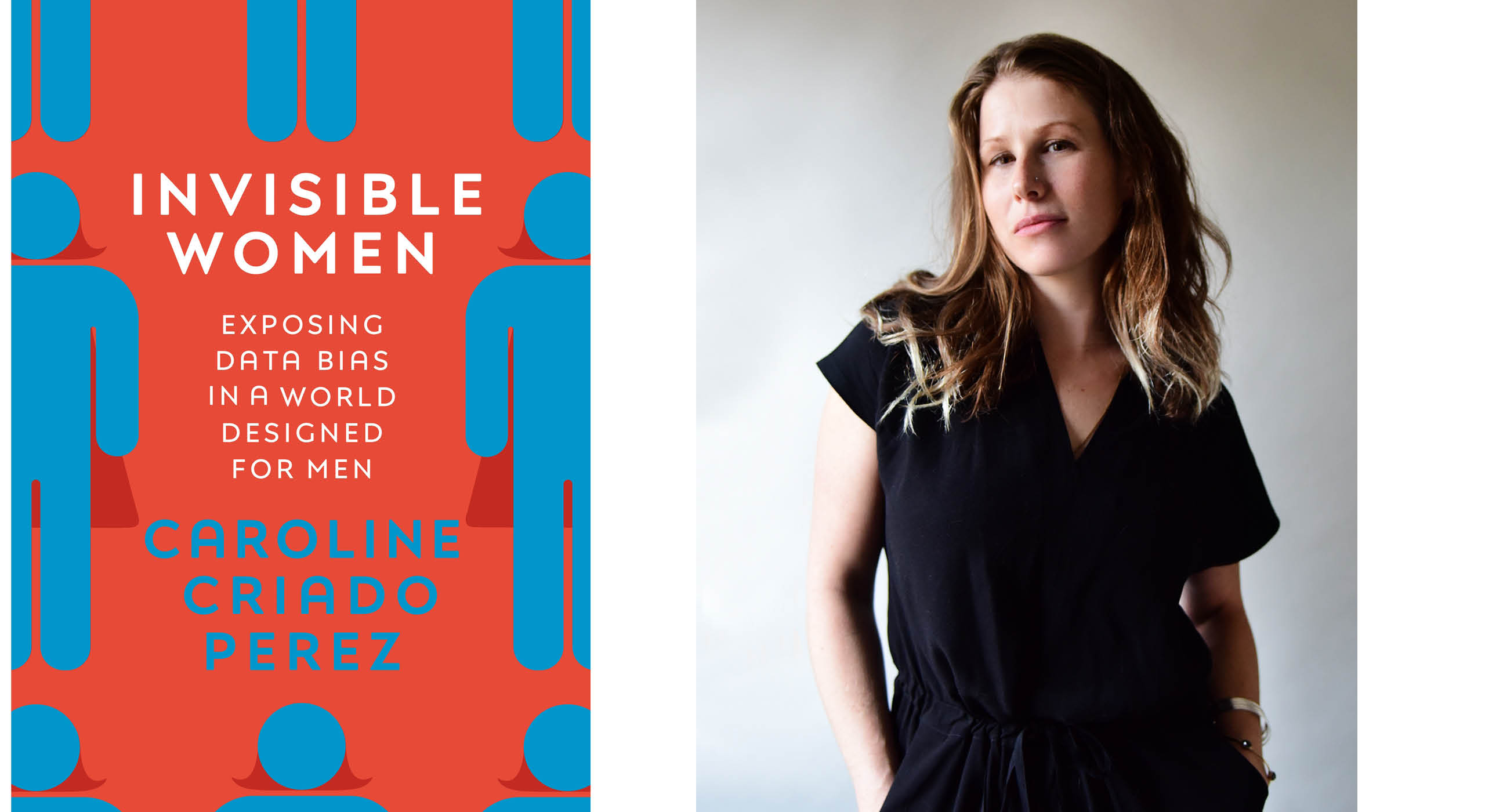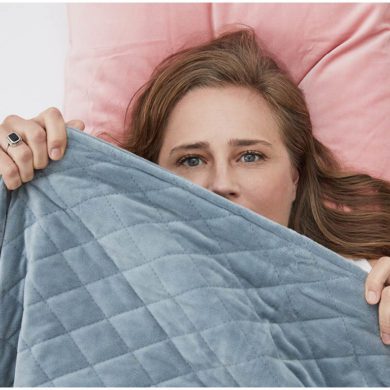Picture this: it’s the height of summer, and a blistering 35 degrees outside. But inside, at the fashion magazine where I work, 20 women are shivering at their desks, draped in blankets or covered in an odd assortment of clothing they have borrowed from the fashion cupboard. Sequins, cashmere, oversized jumpers… we wore them all (sometimes all at once) in our quest for warmth.
The problem was the air-conditioning; in summer, it was always set too low, which meant that even when it was boiling outside, our office was an icebox.
I was reminded of this scenario when I read UK campaigner Caroline Criado Perez’s new book Invisible Women (on sale this week), which catalogues the litany of ways in which our world has been shaped by men to the detriment of women. That includes office air-conditioning, where the default setting is based on keeping the average 70-kg suit-wearing man at just the right temperature for him – ignoring women, who are much more sensitive to cold (even when not wearing summer dresses).
To be honest, I’d heard this statistic about air conditioning before, and I’d always viewed it with a degree of scepticism. After all, in an office where the fire alarm was triggered almost weekly by someone burning their toast, could the problem really be attributed to sexism? Or is a dodgy air-con system sometimes just a dodgy air-con system?


But although the examples like these in Perez’s book start off small, they add up – and as I read the book so did my anger.
Take the fact most train stations (at least one in four in Australia) don’t offer pram access.
Or the way most public transport routes feed into a central business district – a handy approach to town-planning for (the mostly male) breadwinners, who travel in a straight line between home and work, but less convenient for mums on “radial” trips trying to ferry children between school and doctors, as well as work.
Or the fact that when Apple launched voice recognition software Siri, she could help you if you’d had a heart attack, but if you told her you’d been raped, she said, “I don’t know what you mean.” (Siri, incidentally, was also very helpful if you needed to source prostitutes or a Viagra supplier, but less useful when it came to identifying abortion providers.)
None of these examples are malicious, writes Perez. “Or even intentional. Quite the opposite. It is simply the product of a way of thinking that has been around for millennia and is therefore a kind of not thinking.
It is simply the product of a way of thinking that has been around for millennia and is therefore a kind of not thinking
“Seeing men as the human default… is an old habit and it runs deep,” she continues. “When it comes to the lives of the other half of humanity [women], there is often nothing but silence.”
Perez calls this the “gender data gap”, and argues that it makes women’s lives less comfortable, and more worryingly, can also have deadly effects.
You might be horrified to discover, as I was, that although car crash dummies were first introduced in the 1950s, female test dummies weren’t introduced until 1996 (and pregnant test dummies are still rare). This meant that safety features were designed exclusively for men’s bodies; no wonder women were more likely to be seriously injured or die in a car accident.
Or that until 2016 British women were routinely misdiagnosed by doctors when presenting with a heart attack. The problem? What doctors considered to be “typical” symptoms (chest pain, left-arm pain) were in fact “male” symptoms; women undergoing a heart attack present very differently, with nausea and stomach pain.
To me, what these examples prove is that having women in decision-making positions is vital.
Would Siri really have been so knowledgeable about Viagra but so clueless about rape if more female coders had been involved in creating her?
Would more train stations in Australia have pram access if female town planners had been common back when cities were designed?
And would childcare costs (my personal bugbear) be lower if we had more women in Cabinet with young children?
Would more train stations in Australia have pram access if female town planners had been common back when cities were designed?
Having women in positions of power is crucial, agrees Janin Brederhoeft, research and analytics executive manager at the Workplace Gender Equality Agency, which collects information on the gender pay gap every year from Australian businesses with more than 100 employees.
“We know that what really brings down the gender pay gap is more women in leadership,” says Brederhoeft, pointing to research that shows that simply installing a female CEO increases the number of female managers in that company by nearly nine per cent.
Brederheoft adds that the mere act of collecting data is vital. Very often, she says, companies don’t realise they have a gender pay gap problem until they’re forced to take a hard look at the numbers.
She would personally like to see the WGEA collect information on the age of women and their income to identify the role that children have on the gender pay gap.
“Statistics are very, very important. What gets measured gets managed,” she says.
She is right. Statistics matter. What we choose to notice and to count really matters.
As for me, I’m now less likely to write off small inconveniences like chilly offices as one-off issues. When the data is actually there, the least we can do is take notice of it.
Invisible Women – Exposing Data Bias in a World Designed For Men (Penguin Australia) by Caroline Criado Perez is available now.














No Comments